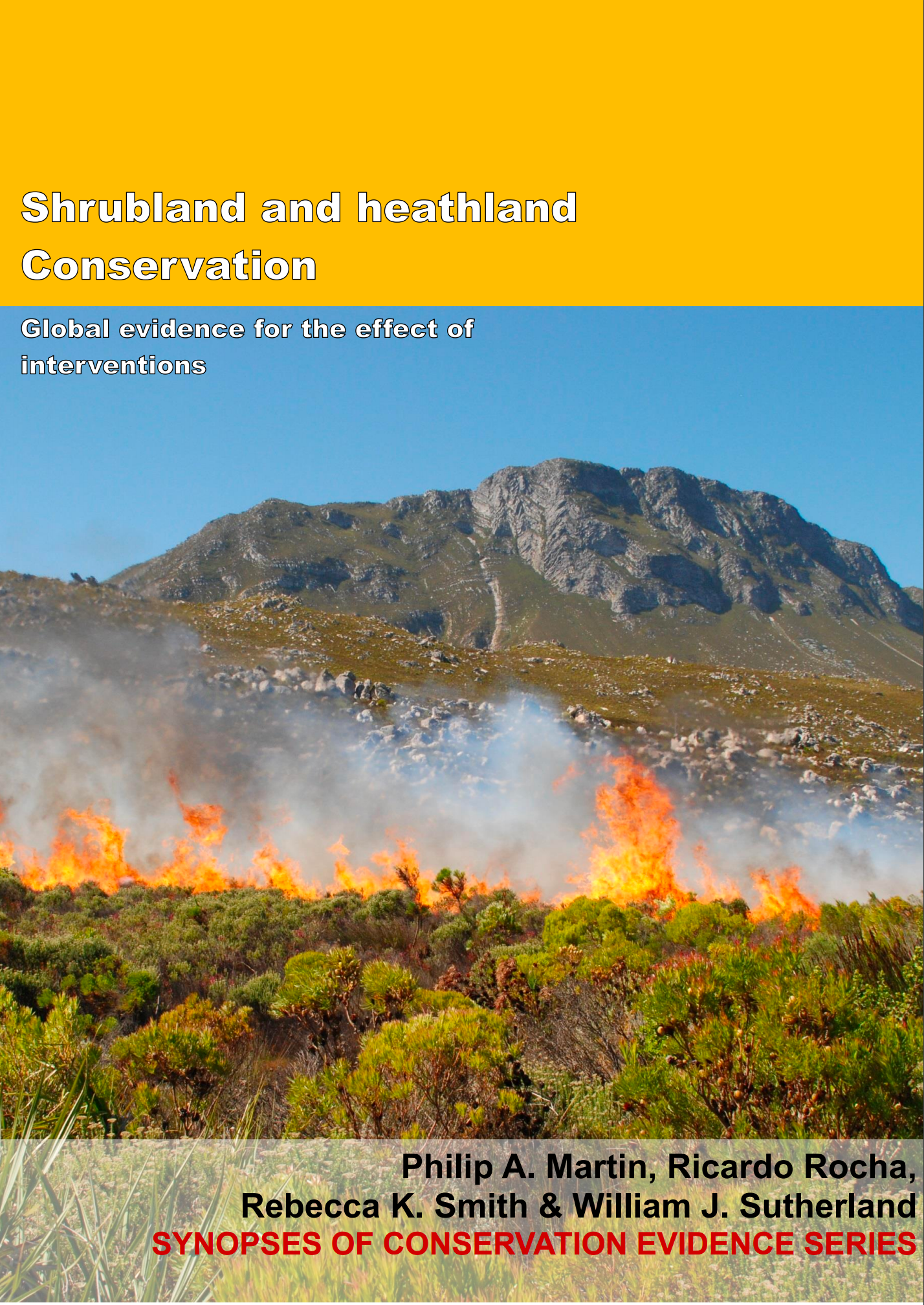Add sulphur to soil
-
Overall effectiveness category Unknown effectiveness (limited evidence)
-
Number of studies: 1
View assessment score
Hide assessment score
How is the evidence assessed?
-
Effectiveness
2% -
Certainty
10% -
Harms
0%
Study locations
Supporting evidence from individual studies
A randomized, replicated, controlled study in 1993–1996 in a former agricultural field in Suffolk, UK (1) found that adding sulphur to soils increased the number of common heather Calluna vulgaris seedlings in one of six cases and reduced vegetation cover in four of six cases. In one of six cases, the number of common heather seedlings was higher in areas where sulphur was added to soils (4 seedlings/plot) than in plots where no sulphur had been added (0 seedlings/plot). In four of six cases vegetation cover in areas where sulphur was added to soils was lower (7–48% cover) than in areas where sulphur was not added to soils (92% cover). In fifteen 5 m x 5 m randomly located plots sulphur was added to topsoil while in three other plots no sulphur was added. All plots were rotavated prior to addition of sulphur. In July 1994–1996 vegetation cover was surveyed using 1 m2 quadrats located in the centre of each plot.
Study and other actions tested
Where has this evidence come from?
List of journals searched by synopsis
All the journals searched for all synopses
This Action forms part of the Action Synopsis:
Shrubland and Heathland Conservation
Shrubland and Heathland Conservation - Published 2017
Shrubland and Heathland synopsis





)_2023.JPG)














